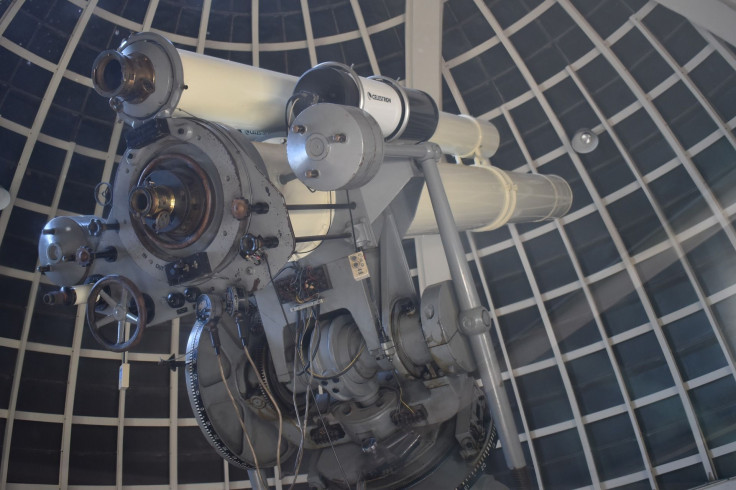Asteroid Hits Earth Just Hours After Being Discovered By Astronomer
KEY POINTS
- Asteroid 2022 EB5 hit the Earth's atmosphere north of Iceland Friday, just two hours after it was first spotted
- The asteroid harmlessly vaporized after impact due to the intense speed at which it was traveling
- The impact's resulting airburst had an estimated total energy release equivalent to about 2,000 tons of TNT, experts say
An asteroid that was first detected last week hit the Earth's atmosphere just hours after it was discovered.
Astronomer Krisztián Sárneczky first spotted the asteroid designated as 2022 EB5 Friday with the use of the Schmidt telescope at Hungary's Piszkéstető Observatory, Forbes reported.
Two hours later, the space rock, which measured around 10 feet wide, struck the Earth's atmosphere to the north of Iceland shortly past 9:20 p.m. local time, according to the Daily Mail.
"The impact made no damage, falling into the sea between Norway to Iceland," Dr. David Polishook, an astronomer at the Weizmann Institute of Science in Israel, was quoted as saying by The Jerusalem Post.
Life imitates art: our tireless asteroid hunter, Krisztián @sarneczky looked up and saw a piece of rock hurtling directly towards Earth. Would it be dangerous, though?#2022EB5 pic.twitter.com/BIvYj2Orx4
— Konkoly Observatory (@konkolyobs) March 12, 2022
The resulting air burst from the impact had an estimated total energy release equivalent to about 2,000 tons of TNT, according to Peter Brown, an astronomer at Western University in Ontario.
Asteroid 2022 EB5 vaporized in the Earth's atmosphere due to the intense speed at which it was traveling, which was about 11 miles per second, a report by the New York Post said. It was unclear if any fragments of the rock survived the impact.
But due to its small size, the asteroid would not have caused much damage even if it touched down on Earth, according to experts.
Some Iceland residents reported hearing a boom or seeing a flash of light around the time the asteroid crossed the sky between Greenland and Norway.
The International Meteor Organization has since started to look for witnesses.
The 2022 EB5 is the fifth asteroid to be discovered before it struck the planet. It was preceded by 2008 TC3, 2014 AA, 2018 LA and 2019 MO.
The size of 2022 EB5 may have been the reason why it went unnoticed until it nearly hit Earth, according to Polishook.
"It was a tiny rock. It reflects just a little light from the Sun - it is hard to identify it," said Polishook, who is also part of NASA's Double Asteroid Redirection Test Mission, the first major attempt at testing a method to stop an asteroid impact.
The incident involving 2022 EB5 and similar past cases highlighted just how dangerous asteroids are and "how vulnerable we are," astronomer Marian Rudnyk said in a Twitter post.

© Copyright IBTimes 2025. All rights reserved.





















